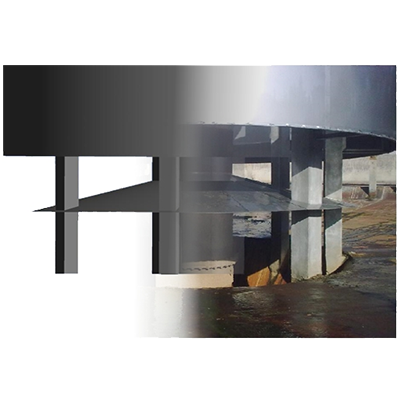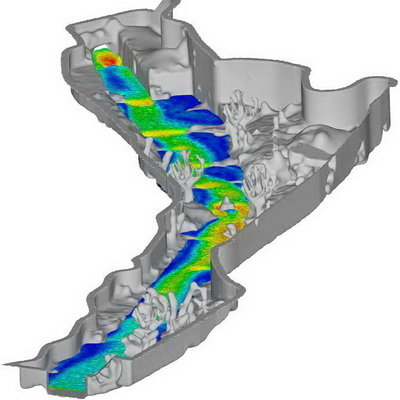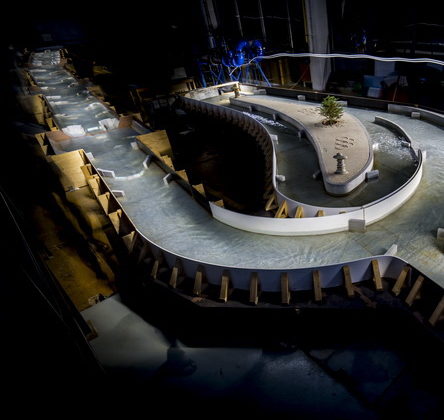CSO optimalzation in Jindřichův Hradec
As part of the Vajgar Pond revitalization project, we carried out a comprehensive analysis and designed a modernization plan for the storm overflow chambers of the public sewer system in Jindřichův Hradec. Our goal was to minimize pollution discharged into the receiving waters while maintaining the functionality of the sewer network and protecting it from overloading.
Scope of the project
- ✅ Current state analyses – A detailed assessment of six storm overflow chambers and their impact on the water quality of Vajgar Pond
- ✅ 3D modeling – Creation of precise digital models of the storm overflow chambers for detailed analysis
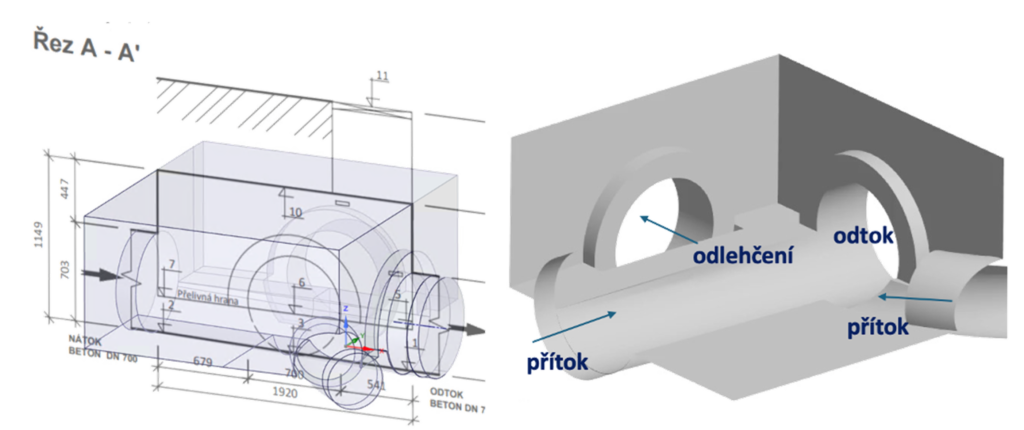
- ✅ CFD simulation – Advanced numerical modeling of water flow and pollutant particle trajectories using Computational Fluid Dynamics (CFD)
- ✅ Annual pollution load calculation – quantifying discharged pollutants and identifying the main sources of contaminant input
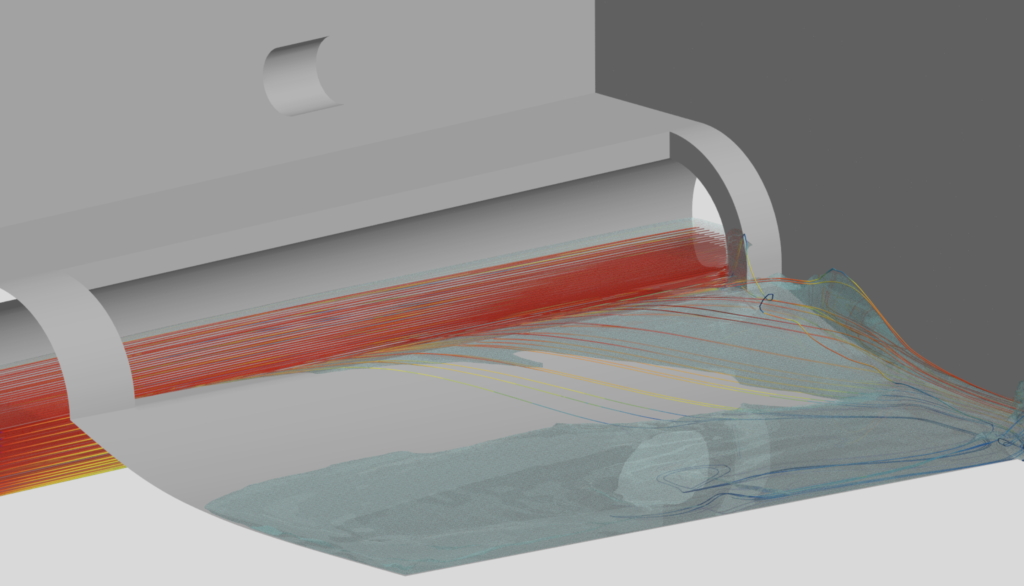
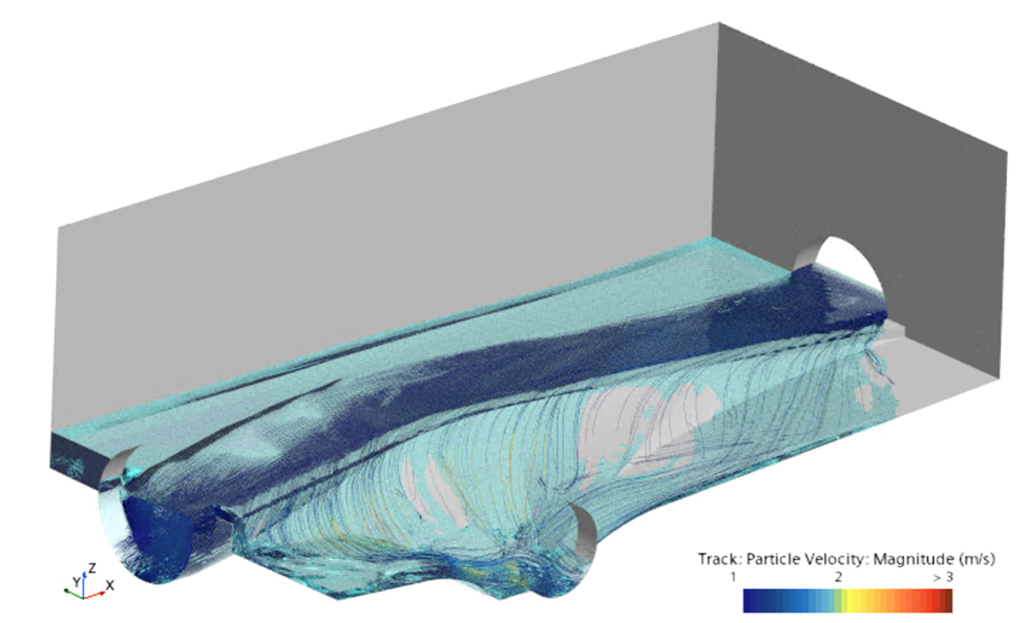
- ✅ Design of technical upgrades – recommending the replacement of inefficient chambers with modern pipe storm overflow chambers (TOK), which significantly reduce pollutant input
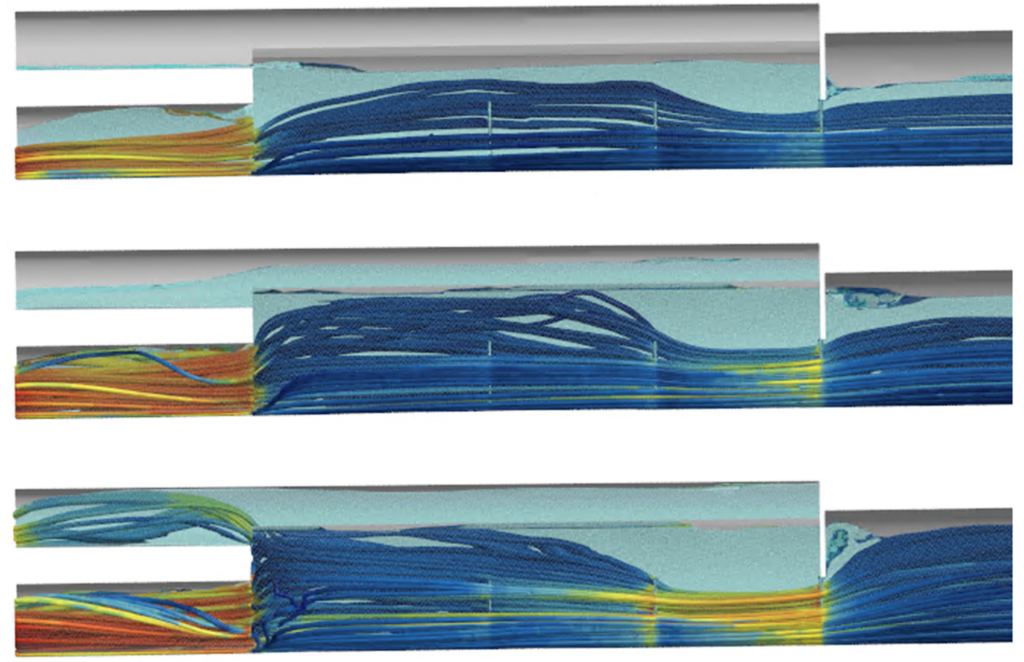
Pipe Storm Overflow Chambers (TOK) – A modern solution for effective pollution separation
Pipe Storm Overflow Chambers (TOK) offer an innovative and space-efficient solution for urban sewer systems. Unlike traditional overflow chambers, TOK use a simple design featuring two vertically aligned pipes — the lower pipe directs the main flow to the wastewater treatment plant (WWTP), while the upper pipe, equipped with an overflow slot, allows for controlled discharge into the receiving water body.
Thanks to their optimized design, TOK enable more effective separation of pollutants, significantly reducing their release into watercourses. Additionally, they provide retention of the first flush, thereby lowering environmental impact during heavy rainfall events.
Key advantages of TOK include:
✅ Higher efficiency in pollutant retention – fewer particles overflow into the receiving waters
✅ Space efficiency – easier installation in densely built-up areas
✅ Lower construction and maintenance costs – simple design and use of commonly available materials
✅ Self-cleaning capabilities – smooth pipe surfaces allow for the flushing of sediment during subsequent flow
Results
🔹 Reduction of suspended solids input by up to 95%
🔹 More effective particle separation – thanks to the optimized design, the new chamber captures pollutants more efficiently
🔹 Increased hydraulic capacity – adapting the chambers for more frequent and intense rainfall events
🔹 Cost-effective and eco-friendly solution – the new design reduces operational costs and enhances the long-term sustainability of the infrastructure

With our expertise in numerical simulations, hydraulics, and optimization of water management systems, we are able to design efficient and sustainable solutions for urban infrastructure. Do you have a similar project? Contact us, and we’ll propose the optimal solution for your sewer systems as well!


